The Grand Egyptian Museum: How Egypt’s New Cultural Landmark Could Redefine Global Tourism
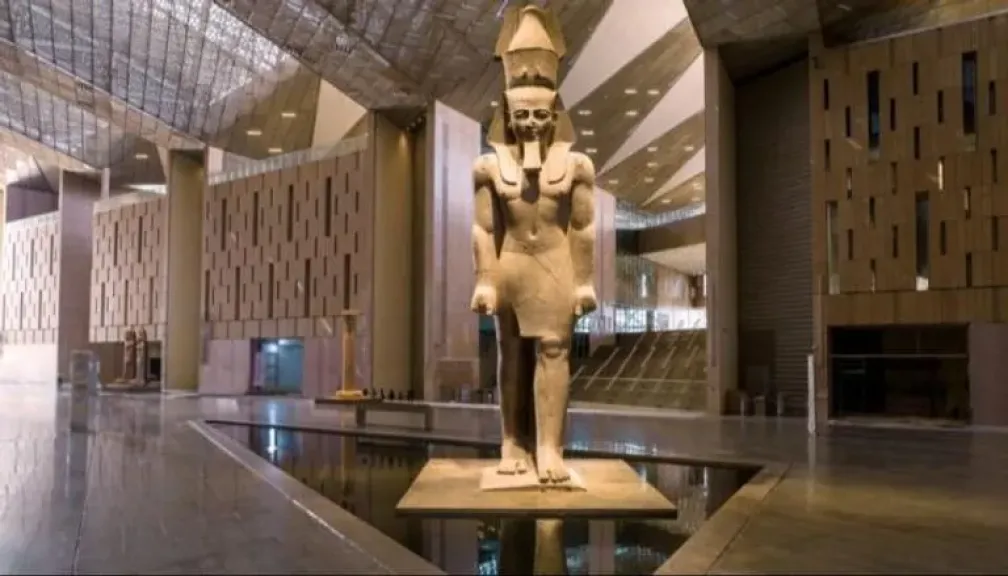
According to a recent international report by Travel and Tour World, the Grand Egyptian Museum (GEM) is not just another attraction — it is set to become a global game-changer for Egypt’s tourism industry. Built over 500,000 square meters, the colossal complex near the Giza Plateau represents one of the world’s most ambitious cultural projects, blending ancient heritage with cutting-edge design and technology.
But beyond the excitement of the opening ceremony, the GEM stands at the heart of a broader national strategy — one that aims to reposition Egypt as a top global destination for cultural and sustainable tourism, and to bolster an economy that has long relied on its rich historical legacy.
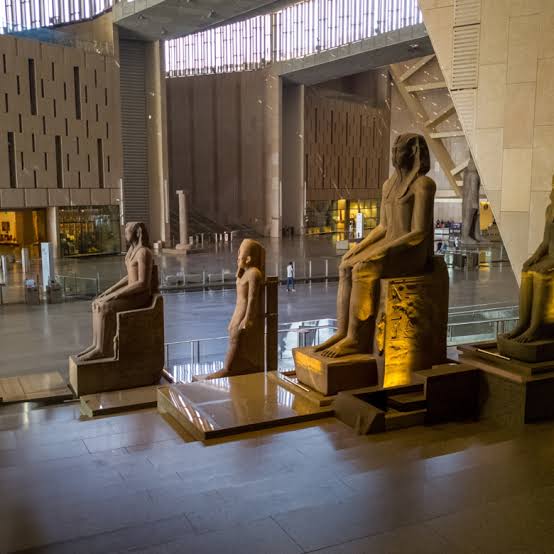
A Modern Wonder Born from Ancient History
As Travel and Tour World highlighted, Egypt officially opens the Grand Egyptian Museum today, unveiling what many experts describe as the “new cultural wonder of the world.” Designed to host millions of visitors annually, the museum is expected to play a central role in Egypt’s plan to attract 30 million tourists by 2030 — a target that could significantly boost foreign currency inflows.
Early estimates suggest that the GEM alone could attract up to 7 million additional visitors each year, potentially transforming Egypt’s tourism balance and contributing billions in annual revenues.
With its panoramic view of the Pyramids and futuristic architecture, the museum will display tens of thousands of artifacts, including the entire treasure collection of King Tutankhamun, much of which will be seen by the public for the first time. Advanced interactive technologies — such as augmented and virtual reality — will offer visitors an immersive journey through 5,000 years of Egyptian civilization.
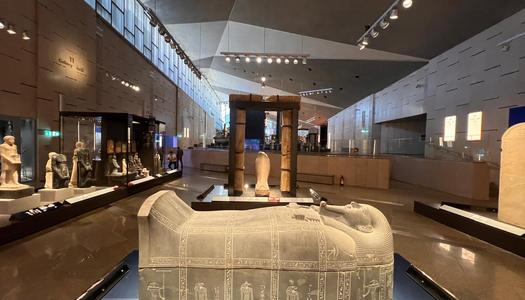
Tourism: The Beating Heart of Egypt’s Economy
Tourism remains one of Egypt’s most critical industries, contributing substantially to GDP and providing vital foreign currency used to import essential commodities such as fuel and wheat. After years of turbulence, the sector recorded $15 billion in revenues in 2024, marking a solid rebound from pandemic-era lows.
However, Egypt continues to trail regional competitors. Turkey, for instance, welcomed more than 50 million tourists in 2024, compared to Egypt’s roughly 15 million. The opening of the GEM is expected to help narrow this gap by diversifying Egypt’s tourism offerings beyond its famous Red Sea resorts.
“Cultural tourism is not just about heritage — it’s about economic resilience,” said an Egyptian tourism official familiar with the project. “Visitors drawn by our history tend to stay longer and spend more, which creates a more stable, value-driven tourism economy.”

Infrastructure Investments Fuel the Vision
Supporting this cultural megaproject is an equally ambitious infrastructure plan. Over the past two years, Egypt has heavily invested in transport, hospitality, and urban accessibility to ensure a seamless visitor experience.
A new international airport, located roughly 25 kilometers from the museum, has been completed to handle increased arrivals, while the main entrance to the Giza Pyramids has been relocated to ease congestion. Roads and public transport networks leading to the site have been upgraded to accommodate expected tourist flows.
In addition, Egypt added 5,000 new hotel rooms in 2024 and plans to build 9,000 more before the end of 2025, signaling confidence in a sustained tourism surge.
“These upgrades are not just for the GEM — they’re for the future of Egypt’s tourism as a whole,” commented one infrastructure analyst. “It’s about creating a modern ecosystem that matches the country’s historical significance.”
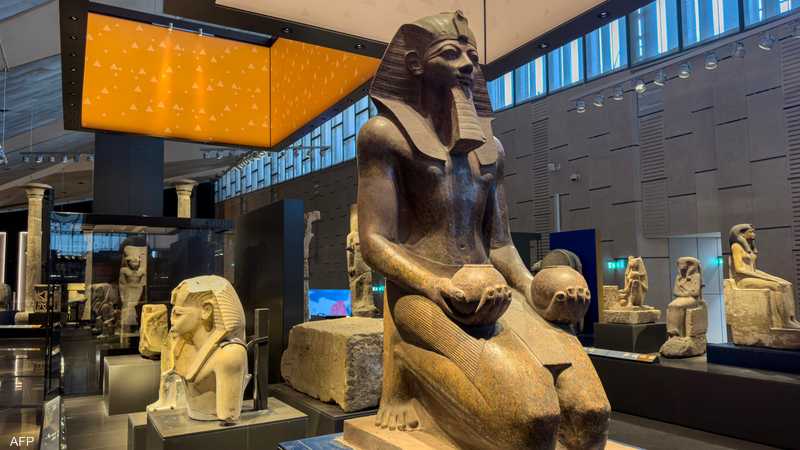
Cultural Tourism: Egypt’s New Growth Engine
According to Travel and Tour World, cultural tourists currently represent only 10–15% of total arrivals to Egypt. However, this segment is projected to rise sharply after the GEM’s opening. Such travelers typically stay longer and spend up to 30–40% more per trip than leisure tourists, making them a high-value demographic for the Egyptian economy.
The Ministry of Tourism and Antiquities hopes the GEM will anchor a new wave of “destination diversification,” where tourists combine cultural exploration with leisure experiences, from Nile cruises to eco-tourism in Upper Egypt.
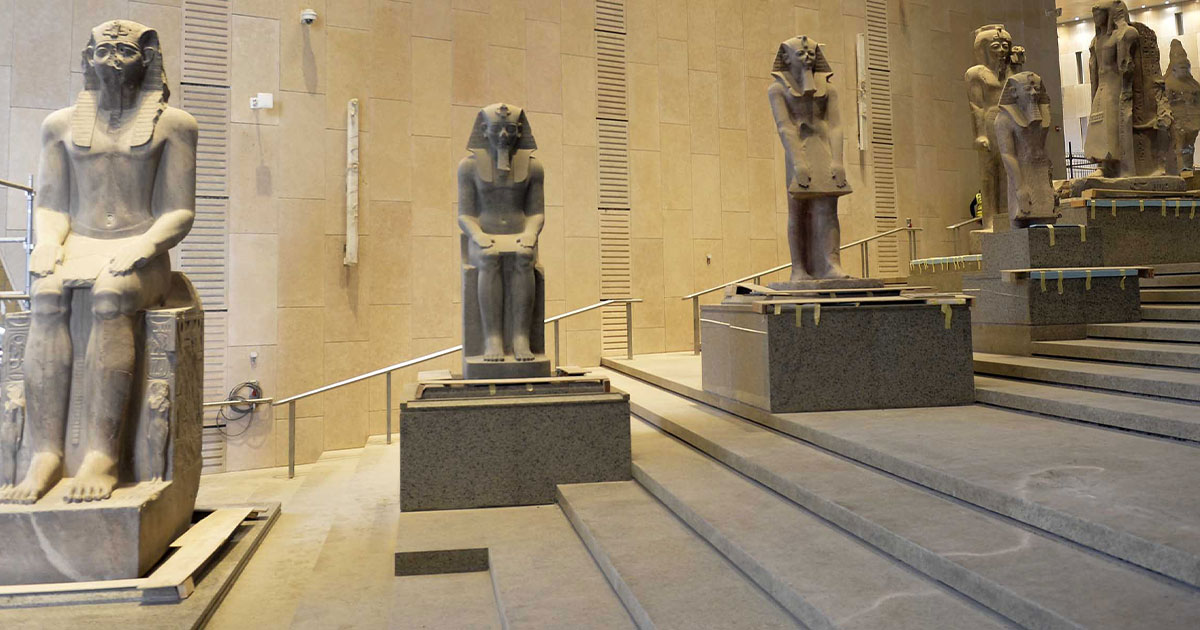
Economic Impact and Global Context
The timing of the GEM’s inauguration is critical. Egypt’s other major sources of foreign currency — such as the Suez Canal, which recently suffered revenue declines due to Red Sea shipping disruptions — have faced headwinds.
At the same time, global travel patterns are shifting. Post-pandemic tourists are increasingly seeking “meaningful travel” experiences rooted in authenticity and education. Egypt’s new museum, with its combination of heritage and high technology, aligns perfectly with this global demand trend.
However, challenges persist. The country must continue improving urban mobility, addressing traffic congestion in Cairo, and maintaining security and infrastructure reliability to ensure the GEM’s long-term success.
A Symbol of Cultural Renewal
For Egypt, the Grand Egyptian Museum is more than an architectural marvel — it is a statement of renewal. It reflects the nation’s determination to transform its ancient past into a sustainable engine for the future.
As Travel and Tour World concluded in its feature:
> “The Grand Egyptian Museum is not merely a building — it is the cornerstone of a new chapter in Egypt’s cultural and economic renaissance.”
If Egypt can sustain the momentum through continued investment, innovation, and global collaboration, the Grand Egyptian Museum may soon stand not only as the world’s largest archaeological museum — but as the beating heart of a new era in Egyptian tourism


